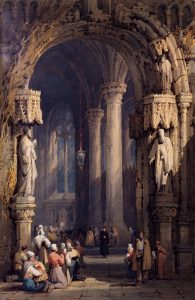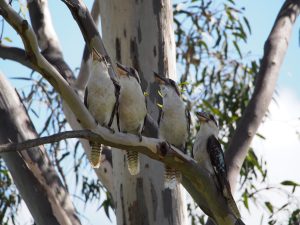[Revised entry by Liesbeth De Mol on May 21, 2025.
Changes to: Main text, Bibliography]
Turing machines, first described by Alan Turing in Turing 1936 – 7, are simple abstract computational devices intended to help investigate the extent and limitations of what can be computed. Turing’s ‘automatic machines’, as he termed them in 1936, were specifically devised for the computation of real numbers. They were first named ‘Turing machines’ by Alonzo Church in a review of Turing’s paper (Church 1937)….
Post Views: 2
Read the full article which is published on Stanford Encyclopedia of Philosophy (external link)





